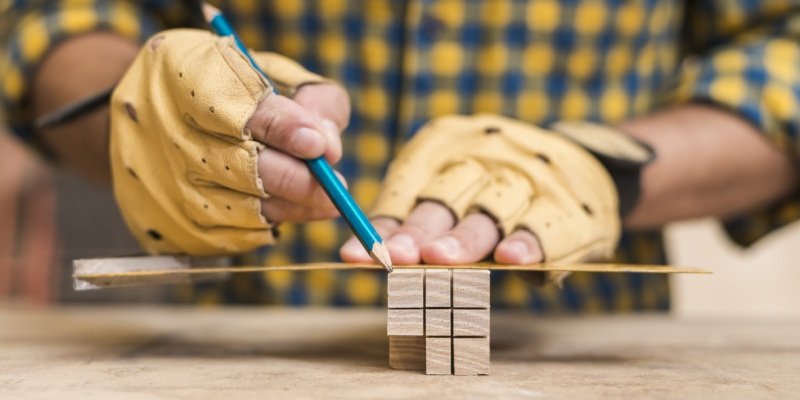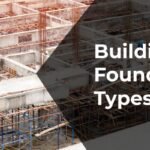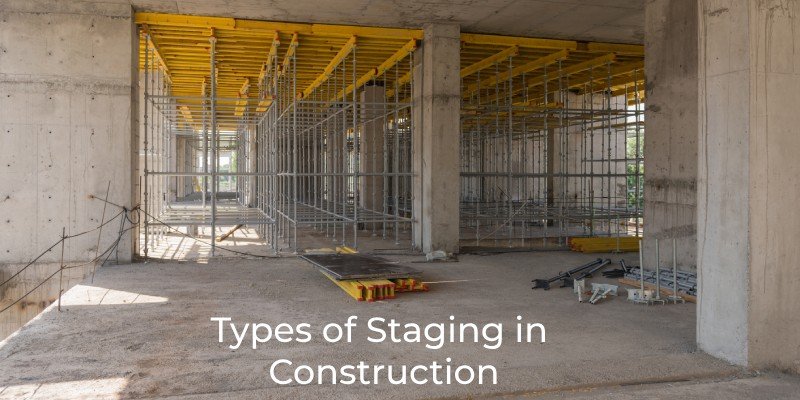Exploring Different Types of Home Construction Methods
Building a home is a significant milestone in anyone’s life. It’s not just about creating a living space but also about establishing roots and crafting a sanctuary where memories are made. When it comes to constructing a home, there’s no one-size-fits-all approach. Different methods offer various benefits and cater to diverse needs and preferences. Let’s delve into the world of Different Types of Home Construction Methods to understand their nuances, advantages, and limitations.
Understanding Home Construction Methods
Before diving into the specifics of various methods, it’s essential to understand the fundamental principles underlying each approach. Home construction methods encompass a range of techniques, materials, and processes used to erect residential structures. From traditional stick-built construction to innovative sustainable practices, each method has its unique characteristics and considerations.
Different Types of Home Construction Methods
Let’s explore different types of home construction methods:
Traditional Stick-Built Construction
Stick-built construction is perhaps the most common method used in home building. It involves assembling a home piece by piece on-site, using wooden framing. This method offers flexibility in design and is often preferred for its familiarity and cost-effectiveness. However, it can be time-consuming, and weather conditions may affect construction progress.
Modular Home Construction
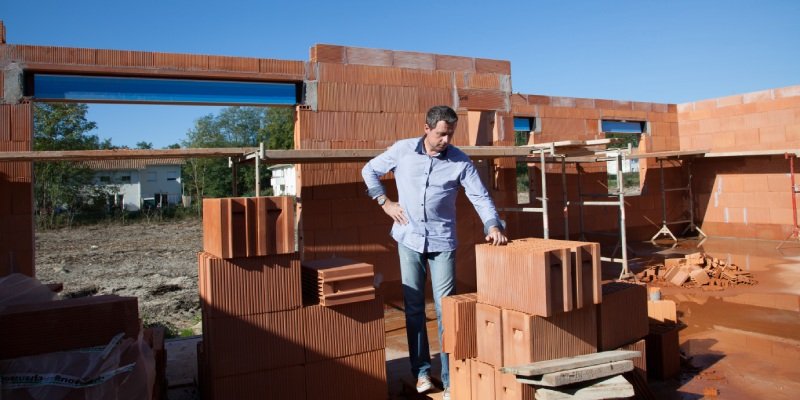
Modular construction involves assembling prefabricated modules or sections of a home in a factory setting and then transporting them to the site for assembly. This method offers speed and efficiency, reducing construction time significantly. Modular homes also tend to be more energy-efficient and cost-effective compared to traditional stick-built homes.
Panelized Home Construction
In panelized construction, walls and roof sections are prefabricated in a factory and then transported to the construction site for assembly. This method combines the benefits of both stick-built and modular construction, offering efficiency and quality control while allowing for customization in design.
Concrete Block Construction
Concrete block construction involves using concrete blocks or masonry units to build the walls of a home. This method is known for its durability and resistance to fire, pests, and severe weather. However, it may require skilled labor and can be more expensive than other construction methods.
Log Home Construction
Log home construction harks back to traditional methods of building with logs. These homes exude rustic charm and offer excellent insulation properties. However, they require regular maintenance and may be susceptible to insect infestations and rot.
Steel Frame Construction
Steel frame construction utilizes steel beams and columns to create the structural framework of a home. This method offers strength, durability, and design flexibility. Steel-framed homes are also resistant to fire, mold, and pests. However, they may be more expensive upfront compared to traditional wood framing.
Earthship Construction
Earthship homes are designed to be self-sufficient and environmentally friendly. They are typically constructed using recycled materials such as tires, glass bottles, and aluminum cans, combined with natural building techniques like earth ramming and passive solar design.
Straw Bale Construction
Straw bale construction involves stacking bales of straw to form the walls of a home, which are then plastered for protection and stability. This method offers excellent insulation properties and is environmentally friendly. However, it requires careful detailing to prevent moisture infiltration.
Rammed Earth Construction
Rammed earth construction utilizes a mixture of earth, gravel, and stabilizers compacted into formwork to create solid walls. This method is durable, energy-efficient, and has a unique aesthetic appeal. However, it requires specific soil conditions and skilled labor for proper execution.

Cob Construction
This type of construction involves mixing clay-rich soil with sand and straw to create a durable building material. Cob homes have thick walls that provide excellent thermal mass and natural insulation. However, they require regular maintenance, especially in wet climates.
Hempcrete Construction
Hempcrete is a bio-composite material made from hemp fibers, lime, and water. It offers excellent insulation properties, is non-toxic, and has a low carbon footprint. However, it may not be readily available in all areas and requires specialized construction techniques.
Shipping Container Construction
Building with shipping containers involves repurposing steel shipping containers into habitable structures. This method is gaining popularity due to its affordability, durability, and sustainability. However, it requires proper insulation and ventilation to create comfortable living spaces.
Green Building Construction
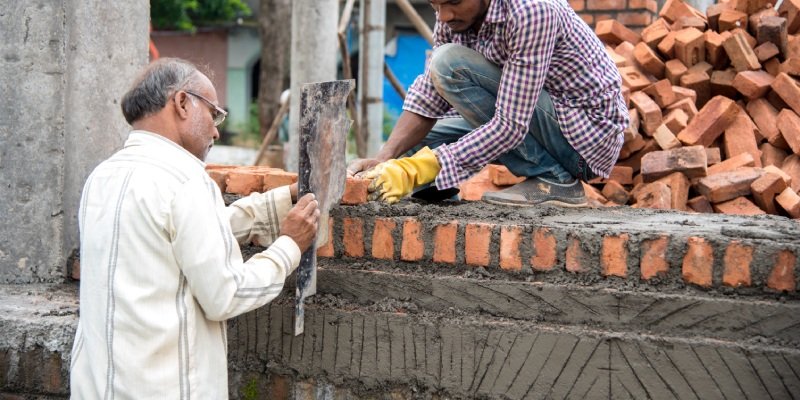
Green building encompasses various construction methods and techniques aimed at minimizing environmental impact and maximizing resource efficiency. This includes using sustainable materials, optimizing energy efficiency, and incorporating renewable energy sources.
Conclusion
We have covered a detailed guide on Different Types of Home Construction Methods. Choosing the right construction method is a crucial decision that impacts not only the final outcome but also the environment, budget, and overall sustainability. Each method has its unique features and considerations, and understanding them is essential for making an informed choice. Whether you opt for the time-tested tradition of stick-built construction or the innovative sustainability of Earthship homes, the key is to align your priorities with the method that best suits your needs and values.
FAQs
Which Home Construction Types are the most cost-effective?
While stick-built construction is generally more affordable upfront, modular and panelized construction methods can offer long-term cost savings due to their efficiency and precision.
Are there any restrictions on where certain Home Construction Types can be used?
Yes, local building codes and regulations may dictate the suitability of certain construction methods based on factors like climate, seismic activity, and zoning requirements.
Are there any environmental benefits to alternative construction methods?
Absolutely. Many alternative construction methods prioritize sustainability by using recycled materials, minimizing waste, and reducing energy consumption during construction and operation.
Do alternative construction methods affect resale value?
Resale value can be influenced by factors such as market trends, location, and overall quality of construction rather than the specific method used. Well-built homes, regardless of construction method, tend to hold their value better over time.
How can I determine which Home Construction Types are right for me?
Consider factors such as budget, timeline, desired aesthetics, environmental impact, and long-term maintenance requirements. Consulting with architects, builders, and sustainability experts can also provide valuable insights into the decision-making process.

